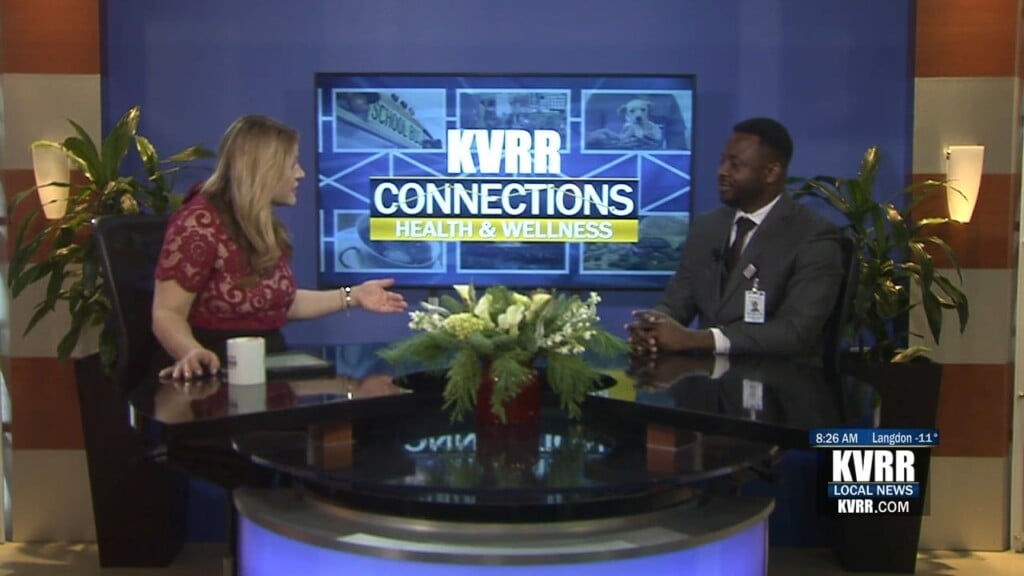Health Matters: Detecting and Treating Blood Clots
Blood clots can be fatal if left untreated
Bloods clots can form for many different reasons and sometimes they can even go unnoticed.
Blood clots can often be mistaken for something minor.
The longer you wait to take care of it, the more dangerous they can become.
Samantha Olson, who is from Wahpeton, was recovering from back surgery when something just wasn’t feeling right.
“I wasn’t feeling real well,” she explained. “I kept asking my surgeon…saying I’m not feeling well, I’m not feeling well and he’s like, well, it’s just the healing pain you’re okay.”
Olson is 24-years-old.
She came in for a CT scan so her physicians could look for an infection that might be causing her to feel nauseous.
“They found out that I had a blood clot and it was by total chance that they found it,” she said. “It wasn’t surgery related or anything.”
Doctors told her that it would only be a matter of days before the clot could break off to her lung.
That could have been fatal.
“It was there a while because it was seven inches long,” Olson explained.
Journalist David Bloom died in 2003 after a blood clot reached his lungs.
It’s believed his clot formed after spending long periods of time cramped inside a vehicle while covering the Iraq war.
“Anything that causes swelling and new pain should be considered to be a clot really until proven otherwise,” said Dr.Richard Coursey, Vascular and Interventional Radiologist at Essentia Health.
Blood clots can form if you’re not moving for a long period of time or if you take birth control.
The estrogen with birth control has chemicals that make it easier for them to appear.
Some are more severe than others.
“A clot above the knee is called proximal thrombosis and that’s treated aggressively,” said Dr. Coursey. “If it’s not, what can happen is these veins are so much bigger once the clot can propagate. Any clot that’s already there can act like a foundation for a new clot to form.”
The closer it is to the pelvis, the higher the chances are that it can get closer to your lungs.
You may also form a chronic swollen leg.
“What that means is that basically blood can get down to your leg fine through the arteries because the arteries are okay but blood can’t get back through the veins,” said Dr.Coursey.
Dr. Coursey said if you’re traveling or recovering from an injury make an effort to move around.
Next week, we’ll talk about different treatments, including one that was used for the first time ever on Samantha.






